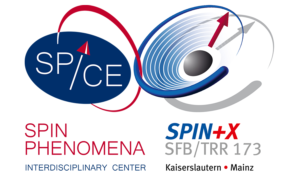Topology in quantum mechanics is applied to determine if a system is trivial or topological. A condensed matter system has a topological nature if the general wave function describing it is adiabatically distinct from the atomic limit. Although nontrivial topology has been known to exist in quantum Hall systems for nearly four decades, recent years have seen a massive resurgence in the interest of topological matter stemming from a series of ground-breaking discoveries. In many cases, topological quantum mechanics is achieved in systems involving superconductors with highlights including: Majorana Fermions in nanowire devices; unconventional electron pairing in layered oxides and the decoding high temperature superconductivity; superconducting thin films of strontium ruthenate; topological superconductivity in UTe2; coupling superconductivity into chiral (topological) molecules; and topological superconductivity and magnetism in twisted bilayer graphene.
The incredible progress made in materials research over the past decade and half has been central to the rapid development of unconventional superconductivity in topological quantum materials. These include the development of atomically-controlled crystals, thin films and interfaces, and the manipulation of pristine two-dimensional materials and superlattices. The widespread interest and progress in unconventional superconductivity and topology in such advanced materials continues to accelerate; however, a targeted, interdisciplinary, approach is required in order to achieve full understanding and the discovery of new science. This workshop brings together world-leading scientists from a broad range of disciplines working on overlapping themes involving correlated electrons and superconductivity in topological systems. These communities had an opportunity to appreciate how these areas are interlinked thereby stimulating further understanding and new collaborations.
For videos of the talks and further information, please visit the workshop home page.


 In the time of physical distancing, it is more important than ever to remain close socially and scientifically. The Spin Phenomena Interdisciplinary Center SPICE and the Collaborative Research Center SPIN+X have joined forces to start a weekly condensed matter seminar series with an emphasis on spin and topological physics.
In the time of physical distancing, it is more important than ever to remain close socially and scientifically. The Spin Phenomena Interdisciplinary Center SPICE and the Collaborative Research Center SPIN+X have joined forces to start a weekly condensed matter seminar series with an emphasis on spin and topological physics.




